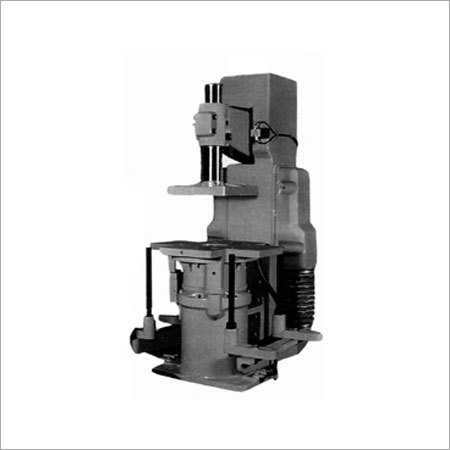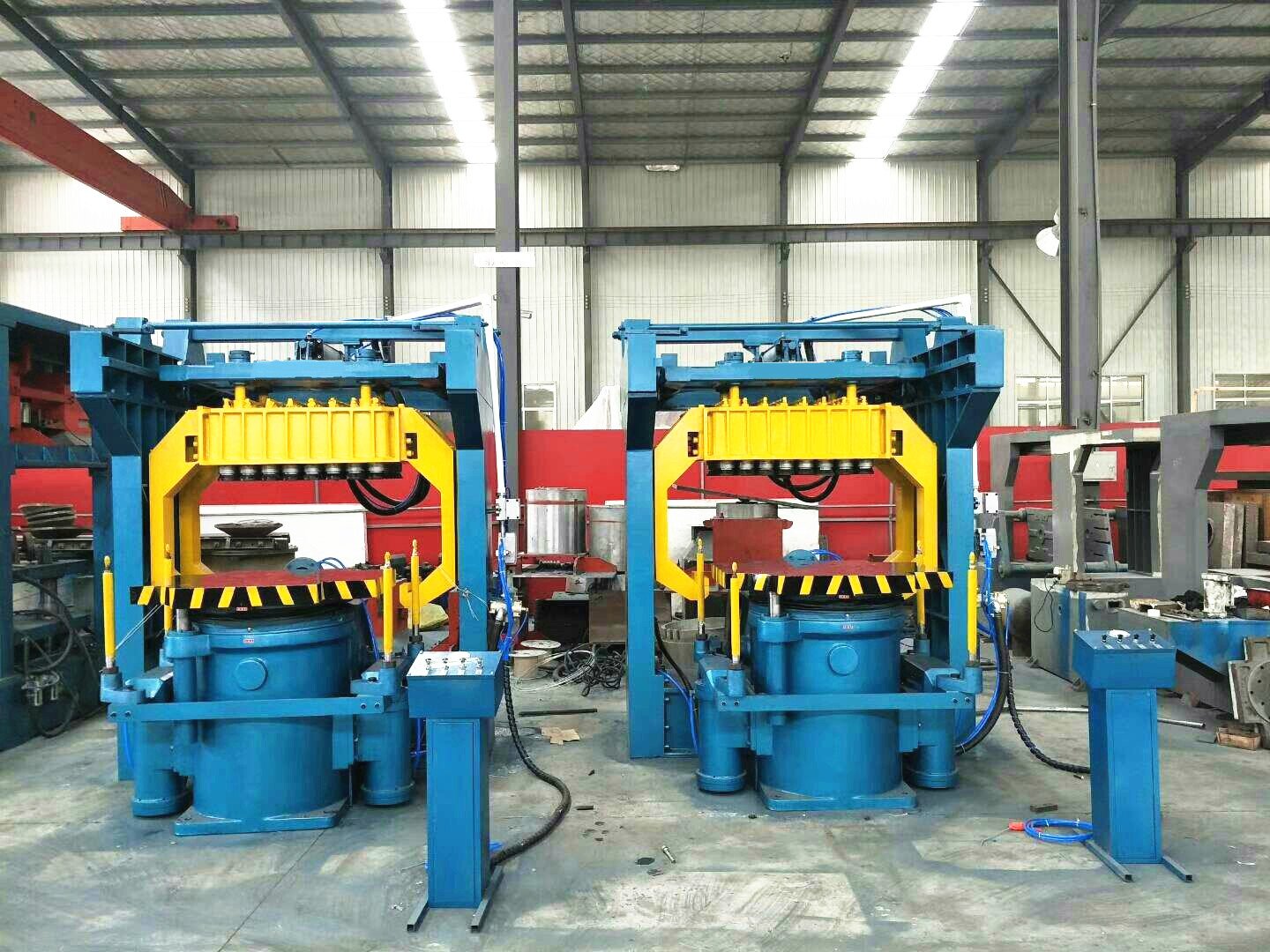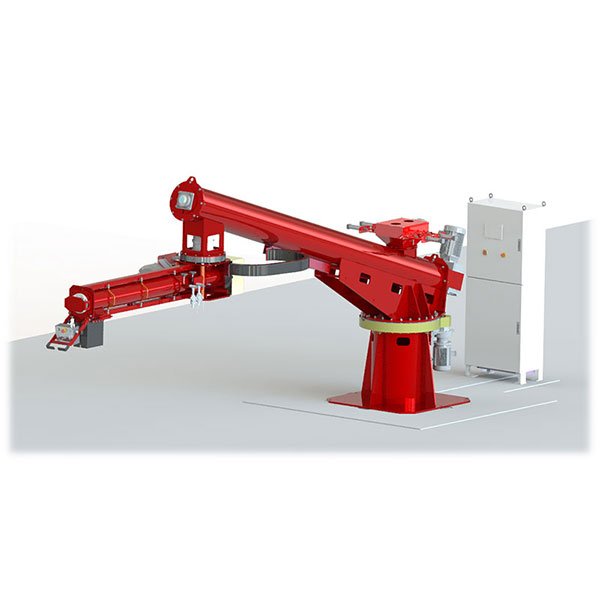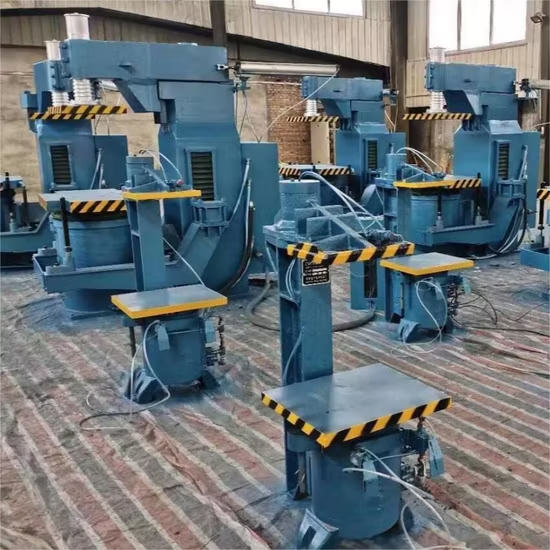
Painful rework. Peeling coatings. Inconsistent finishes. You blast your steel pipes—yet still don’t get the result you need.
The secret to getting a perfectly clean and uniform surface on every steel pipe lies in choosing the right abrasive, maintaining consistent blasting parameters, and using purpose-built machinery tailored to pipe specifications.
When uniformity fails, costs rise—downtime, rejected parts, and failed coatings all stem from improper surface prep. But there's a clear way forward.
Are Your Steel Pipes Really Clean?
You may think your pipes are clean, but are they uniform? Rework and peeling coatings suggest otherwise.
Visible rust, mill scale, or uneven textures after blasting are key indicators that your steel pipe shot blasting process isn’t achieving full surface preparation.
Let's look at the most common frustrations I hear about from clients:
| Common Problems | Consequence |
|---|---|
| Inconsistent blasting results | Rework and waste |
| Contaminants remain on surface | Poor coating adhesion |
| Manual calibration errors | Time loss, lower throughput |
| Downtime from old equipment | Reduced output and higher maintenance |
💬 “Our coating keeps peeling off after a few months — we realized the surface wasn’t blasted uniformly.” — Industrial Solutions Ltd., Automotive Supplier
Why Uniform Surface Finishing Matters More Than Ever

Surface finishing isn’t just about appearance—it directly affects performance, especially in high-stress applications like pipelines or automotive parts.
Without a clean and uniform surface, coatings will fail, fatigue strength will drop, and your reputation for quality will suffer.
Imagine losing a major contract due to coating failures—because the blasted surface didn’t meet Sa 2.5 standards.
Here’s what poor finishing leads to:
- Coating delamination
- Increased corrosion risk
- Higher warranty claims
- Customer distrust
Here’s What’s Going Wrong — And How to Fix It
Knowing what’s causing poor results is the first step toward fixing them.
From abrasive selection to conveyor speed, every detail matters in the shot blasting process. Fixing these variables leads to consistent, professional results.
Mistake 1 – Using the Wrong Abrasive
The size and type of abrasive impacts how effectively you remove rust or scale.
| Abrasive Type | Best Use Case |
|---|---|
| Steel Shot | General surface cleaning, deeper profile |
| Steel Grit | Aggressive removal, angular profile |
| Mixed Media | Balancing coverage and speed |
👉 Tip: Use finer shot for smoother finishes, coarser grit for more aggressive cleaning.
Mistake 2 – Poor Turbine or Nozzle Configuration
Incorrect nozzle angles and turbine settings create "shadow zones."
Ensure your equipment directs media at optimal angles to reach all surfaces—especially for round pipes.
Poorly configured blasting heads = missed spots = costly rework.
Mistake 3 – Inconsistent Conveyor Speed
If your pipe spins too fast or too slow, coverage suffers.
Synchronize feed and rotation speeds to guarantee uniform blasting across the entire pipe circumference.
🧠 Many clients forget this: the ideal speed varies by pipe diameter and abrasive type.
Mistake 4 – Not Calibrating for Pipe Type
Seamless vs. welded? Thin-wall vs. thick-wall?
Each pipe type requires specific settings to avoid over- or under-blasting.
Custom settings deliver better cleaning, reduce wear on machinery, and avoid structural damage.
The Proven Process for a Perfectly Clean Steel Pipe

There’s a reason top-tier manufacturers follow strict steps.
From pre-cleaning to post-inspection, the right process ensures a uniform surface, reduced waste, and coating readiness.
| Step | Action |
|---|---|
| 1 | Pre-clean – Remove oil/scale with degreasers |
| 2 | Load pipes – Use centering clamps |
| 3 | Adjust settings – Match speed to pipe size |
| 4 | Blast – Ensure full, even coverage |
| 5 | Inspect – Check surface profile |
| 6 | Clean-up – Dust collection, prepare for coating |
✅ Pro Tip: Always measure surface profile post-blast using ISO 8503 comparator.
What Kind of Shot Blasting Machine Do You Actually Need?
There’s no one-size-fits-all. Internal pipe cleaning requires different tech from external wall cleaning.
Choose machines based on pipe dimensions, throughput, and whether you need in-line or portable solutions.
| Machine Type | Best For |
|---|---|
| Internal Wall Blaster | Small to mid-sized pipe internals |
| External Wall Inline Blaster | High-volume external surface prep |
| Portable Shot Blaster | On-site or mobile operations |
| Rotary Table/Spinner Hanger Systems | Custom or low-volume, multi-angle parts |
Example: [Steel Pipe External Wall Shot Blasting Machine – by Hitech China] — built to center and blast pipes in-line with max efficiency.
🧠 Always align machine type to:
- Pipe diameter
- Desired surface grade (e.g., Sa 2.5/Sa 3)
- Throughput requirement
How Our Clients Transformed Their Process
Seeing real-world results helps you make informed decisions.
A German automotive supplier eliminated 100% of coating rework by switching to our custom shot blasting system.
| Case Study – Automotive Manufacturer |
|---|
| Problem: Uneven surface = rework |
| Solution: Hitech-China inline blaster |
| Result: 40% more throughput, zero rework in 12 months |
They trusted us to deliver not just a machine, but a solution.
Prevent Future Problems with These Maintenance Tips

Consistency starts with good maintenance. One overlooked detail can lead to major issues down the line.
A well-maintained shot blasting system ensures uniform performance and lowers the risk of breakdowns.
| Frequency | Task |
|---|---|
| Daily | Check blade/nozzle wear, realign jets |
| Weekly | Clean filters, inspect for leaks |
| Monthly | Balance turbine, lubricate bearings |
| As Needed | Replace worn media, recalibrate speeds |
📈 Bonus Tip: Machines with IoT alerts help detect problems before they escalate.
Imagine Your Production Line with Perfect Surface Results, Every Time
No more coating failures. No delays. No customer complaints.
Just clean, perfect steel pipes that meet spec—every single time.
Your operators can finally focus on output—not fixing surface defects.
✨ That’s the transformation Hitech-China delivers.
Conclusion
Getting clean, uniform surfaces on steel pipes doesn’t happen by chance—it’s the result of using the right machine, media, and method. At Hitech-China, we specialize in delivering that certainty, every time.
Ready to eliminate surface quality issues for good?
👉 Contact Hitech-China or explore our Steel Pipe Shot Blasting Machines
FAQ
What abrasive is best for steel pipes?
Steel shot for smooth finishes, steel grit for aggressive removal.
How long does shot blasting take?
Depends on pipe length and machine type—typically 2–10 minutes per section.
How can I tell if the surface is properly cleaned?
Use ISO 8501 visual standards or ISO 8503 profile comparators.







